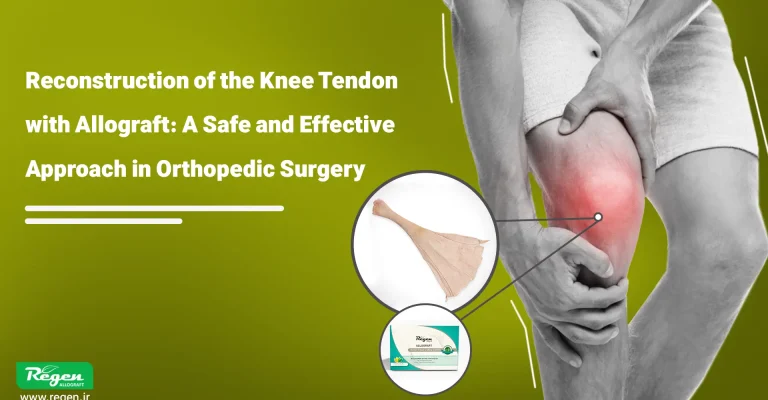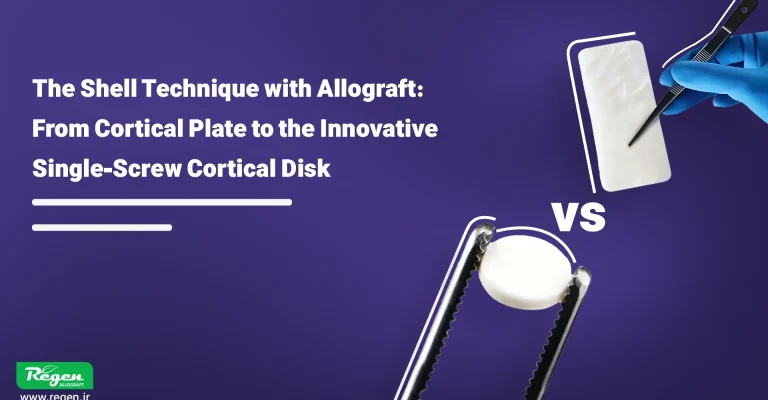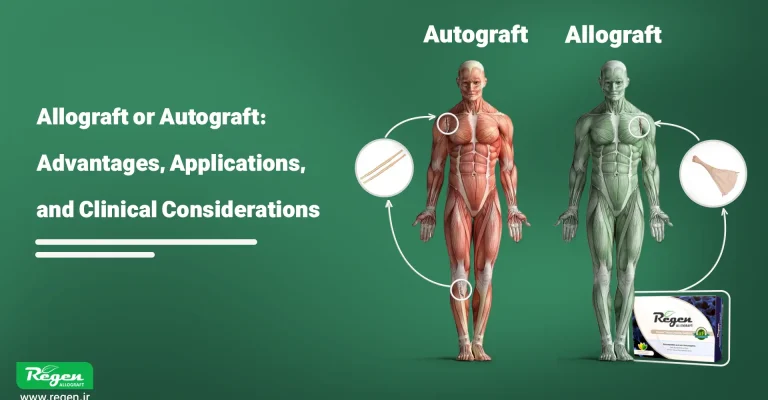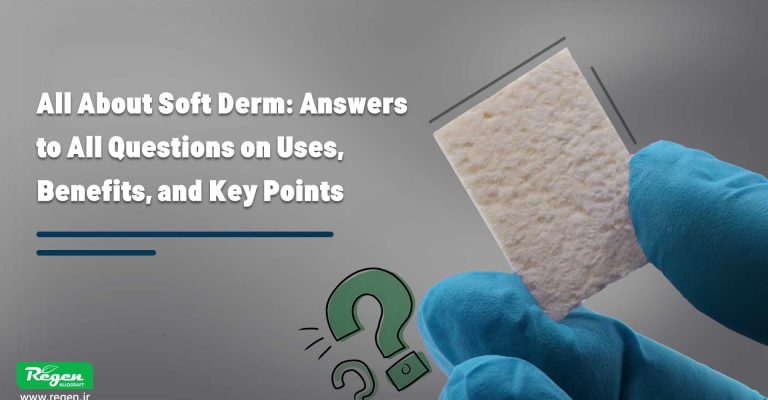Comprehensive Guide to Bowleg Correction Surgery Using Allograft Bone Grafts
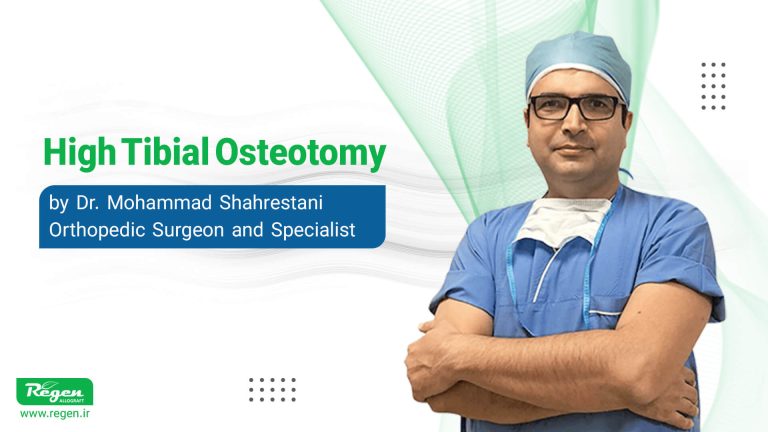
Table of contents
Introduction
Orthopedic surgery is a specialized field aimed at improving and restoring bone structure to enhance patients’ quality of life. Dr. Mehdi Shahrestani, an orthopedic surgeon specializing in joint surgery, leverages years of expertise in advanced knee, hip, and shoulder surgeries. He utilizes bone grafts, specifically allografts, to address bone deficiencies in corrective bowleg surgeries. This article provides a comprehensive overview of this surgical method and the benefits of allografts in orthopedic correction based on Dr. Shahrestani’s knowledge and experience.
What is Bowleg Correction Surgery?
Bowleg correction surgery, also known as osteotomy, is an effective technique for realigning and balancing the bones of the knee, performed by Dr. Mehdi Shahrestani. This surgery is especially suitable for patients with bowleg (varus) and knock-knee (valgus) deformities. During the procedure, the bone is precisely cut and adjusted to the desired alignment, then secured using an allograft to fill the defect, stabilizing the bone effectively.
The Role of Allografts in Surgery
Allografts, sourced from donated bone tissue and processed by tissue engineering companies like Iranian Tissue Products Company, serve as essential bone grafts. Available in forms like Bone Wedges, Cube Bones, or Bone Chips, they provide a scaffold to fill the gap in bone and promote the growth and proliferation of new bone cells. These allografts gradually integrate with the patient’s natural bone, accelerating the fusion and healing process.
Benefits of Using Allografts in Orthopedic Surgery
Structural Support and Stability:
Allografts provide necessary structural support to the patient’s bone, aiding in stabilization during the initial recovery stages.
Accelerated Healing:
The biological structure of allografts facilitates the growth and multiplication of bone cells, accelerating the fusion process.
Natural Integration with the Patient’s Bone:
Over time, the allograft fuses with the patient’s bone, forming a seamless structure that becomes indistinguishable from the natural bone.
The Role of Tissue Engineering Companies in Producing Allografts
Tissue engineering companies, like Iranian Tissue Products Company, employ advanced technology to produce high-quality, safe allografts. These companies ensure that their products meet high standards, enabling safe and effective use in orthopedic surgeries and bone grafting procedures.
Steps in Bowleg Correction Surgery by Dr. Shahrestani Using Allografts
In the bowleg correction surgery performed by Dr. Mehdi Shahrestani, the bone is first carefully cut and adjusted to the correct angle. The allograft is then placed in the bone defect as a natural scaffold for the growth of the patient’s bone cells. The patient is monitored for approximately 40 days to observe the initial stages of fusion, and over several months, the graft and bone merge into a unified structure.
Biological Mechanisms of Allografts
Osteoconduction:
This mechanism uses the allograft as a scaffold for the adhesion and proliferation of bone cells.
Osteoinduction:
The allograft stimulates precursor cells, encouraging them to transform into new bone-forming cells.
Case Study: Bowleg Correction Surgery
In the accompanying video, Dr. Shahrestani demonstrates a case of bowleg correction surgery using an allograft. The video shows each step, including bone incision, plate placement, and filling the defect with an allograft. By watching this video, you can fully understand the surgical process and the successful outcomes.
Allograft bone grafts play a crucial role in improving bone stability and health, especially in orthopedic surgeries like bowleg correction. Dr. Mehdi Shahrestani’s expertise in performing this procedure, combined with the use of high-quality allografts produced by reputable tissue engineering companies, such as Iranian Tissue Products Company, leads to long-lasting, successful outcomes for patients
How useful was this post?
Click on a star to rate it!
Average rating 0 / 5. Vote count: 0
No votes so far! Be the first to rate this post.
Relevant Posts

Free consultation
Do you need counseling?
The professional and specialized team at Allograft is ready to assist you



